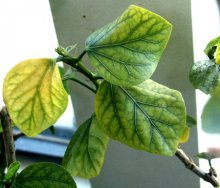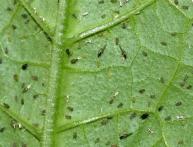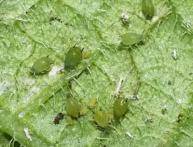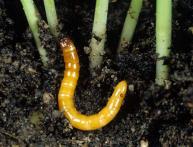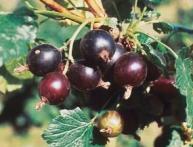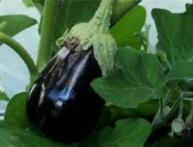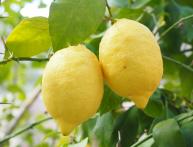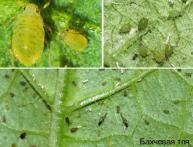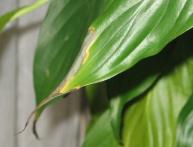Leaf chlorosis: types, causes, methods of elimination
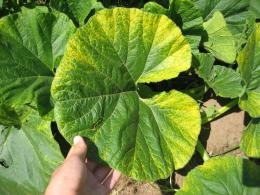
Most higher plants have green colored ground parts. The green color of the stems and leaves of plants is given by the chemical combination of a magnesium atom with an organic complex, which is called chlorophyll. Chlorophyll is part of special cellular organelles - chloroplasts.
Chloroplasts are those organelles of a plant cell that are responsible for the absorption and transfer of energy from sunlight; the more intensely colored the leaves, the more chlorophyll they contain, the better the processes of energy conversion and the production of organic compounds from inorganic compounds. The process of reducing chlorophyll in leaves is called leaf chlorosis. There are several causes of leaf chlorosis.
Content:
- Infectious causes of chlorosis
- Measures to combat infectious chlorosis
- Non-infectious leaf chlorosis, its elimination
Infectious causes of chlorosis
The causes of changes in leaf color are viral and bacterial plant diseases. If the leaf blade begins to change its color to a paler or yellower color starting from the leaf veins, then most likely the plant is affected by the yellow mosaic virus.
As a rule, plants are affected at the beginning of the growing season. Stripes and streaks appear on the sheet plate yellow color, which later merge into solid spots, the leaf gradually dries out and falls off.
Most often, the pathogen is found in the soil, it is the soil fungus Polymyxa; its spores are transferred to the plant along with tools for cultivating the soil. This can be clearly seen in plantings of cereal plants affected by the fungus.
Various insects, such as aphids, can also serve as carriers of the yellow mosaic virus. In legume plantings, the yellow mosaic virus, which causes leaf chlorosis, is carried by certain species of aphids.
If infectious chlorosis began at the beginning of the growing season, then the crops of peas, soybeans, and beans may die completely; in later periods, not only the leaves, but also the flowers are damaged, which significantly delays ripening and reduces yield.
In addition to viruses, infectious chlorosis can cause mycoplasma-like organisms that are carried by various insects: psyllids, cicadas, nematodes.
Fruit trees and berry crops are also susceptible to infectious leaf chlorosis.
Here, pathogens can be transferred along with pollen, during flowering of plants, or with grafting material, during vaccinations. Apple trees and stone fruit crops are most susceptible. As a result of necrotic changes caused by chlorosis, the affected leaves die, reducing the plants' ability to photosynthesize.
In fruit trees affected by chlorosis, fruit ripening is delayed, and their number may be reduced by half. In European countries, vineyards suffer greatly from infectious chlorosis.
Vegetable crops can also suffer from chlorosis. Microorganisms that cause various plant diseases, accompanied by leaf chlorosis, are distributed throughout the globe, therefore preventive measures and treatments are relevant for any agricultural areas.
Measures to combat infectious chlorosis
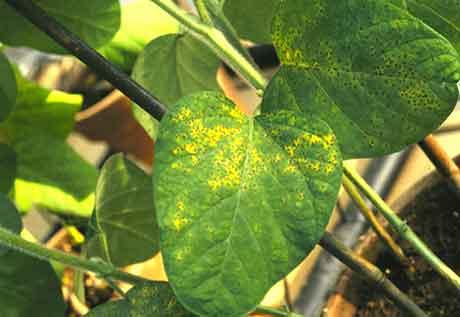
Due to the fact that pathogens of infectious diseases accompanied by leaf chlorosis are transmitted in several ways, control measures should primarily be aimed at:
- soil disinfection
- disinfection of tools
- extermination of insect vectors
- disinfection of seed material
Various soil fungicides are used to disinfect soil. Soil fungicides include chemical preparations used for treating soil in order to destroy microorganisms that cause plant diseases, as well as to destroy carriers of these diseases, such as nematodes and others.
Soil cultivation and preventative treatment of plants is carried out in early spring, for this purpose solutions of copper, iron sulfate, and nitrafen are used.
A number of soil fungicides are used in dry form, for example, heterophos granules are applied to the soil to a depth of 10 cm around the plants, after which the plants pour water well.
Many gardeners do not think about the fact that garden tools such as a shovel or hoe need to be disinfected. At the end of the season, the tool can be treated with industrial alcohol or doused with boiling water - this will kill microbes; further storage in a cold room in winter will prevent them from reproducing on the working tool.
If there is a threat of infection, seed and planting material is treated with fungicides.
Timely treatment of the garden or vegetable garden with pesticides reduces the number of insects that carry pathogens accompanied by chlorosis.
Non-infectious leaf chlorosis, its elimination
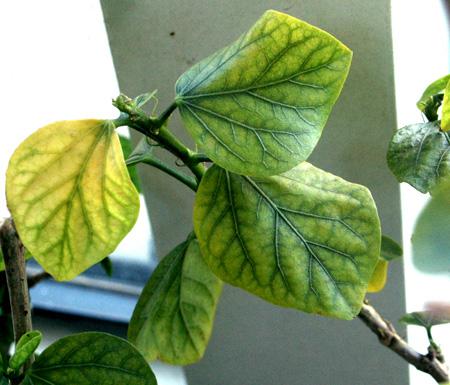
The appearance of yellow spots on leaves may be caused by the composition of the soil.
The main reasons for the occurrence of non-infectious chlorosis may be a high content of lime in the soil, or a significant lack of essential minerals, or the lack of conditions for their absorption, this primarily applies to the following substances:
- gland
- zinc
- sulfur
- magnesium
An excess of zinc, copper and manganese can also lead to chlorosis. In the initial stage of non-infectious chlorosis, light-colored spots appear on the leaf blade without affecting the veins.
Drilling and dying of the leaf begins from the edges, the tops of the shoots dry out, young leaves are damaged more heavily than the old ones. To neutralize lime, colloidal sulfur is added to the soil or spilled with a weak solution of sulfuric acid.
With a lack of iron, the leaf blade turns yellow relatively evenly over the entire area, the veins remain green. To eliminate chlorosis in this case, it is necessary to use the preparations "Ferrovit" or "Fe +" according to the instructions
With a lack of magnesium, chlorosis appears first at the edges of the leaf blade. The edges not only brighten, but also turn down. The yellowness gradually spreads to the entire leaf, but the thickest veins and adjacent areas remain green.
The problem will be eliminated by adding magnesium sulfate.
With zinc deficiency, the leaves become small, grow with yellow specks, and gradually the leaf blade becomes a faded yellow color. Sowing alfalfa will help enrich the soil with zinc.
A delay in the growth and development of plants occurs with a lack of sulfur. At the same time, the leaves first lighten and then acquire a reddish color. Sulfur deficiency very often manifests itself externally in the same way as nitrogen deficiency.Laboratory analysis of the green parts of the plant and soil will help to accurately determine the content of chemicals.
The application of organic and phosphorus fertilizers, which use sulfur in their production, will eliminate sulfur deficiency. It should be remembered that an excess of some substances is just as dangerous for leaves as a deficiency.
Therefore, when the first signs of leaf chlorosis appear, it is advisable to use the services of an agronomic laboratory and take soil samples from the site and possibly some parts of the plant for analysis. If the causes of chlorosis are identified in a timely manner and measures are taken to eliminate them, the plant can be restored to a healthy appearance.
Detailed information about chlorosis in the video:
Interesting information about the vegetable garden


